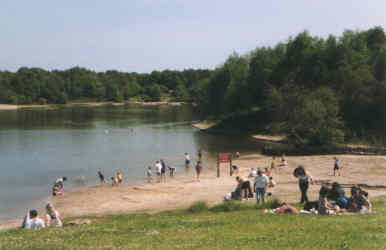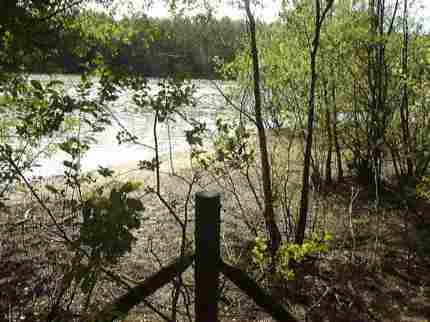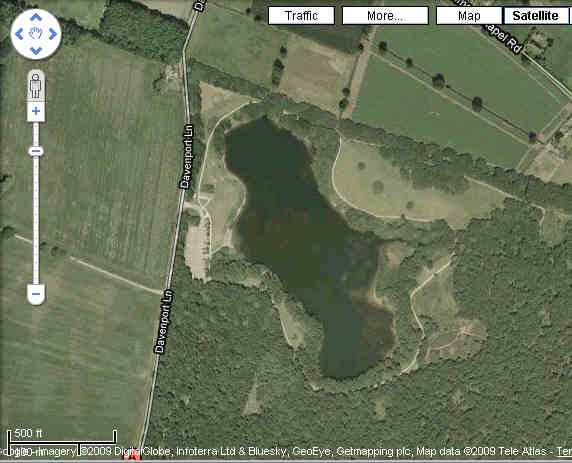DANGER!
Watching people swim in a lake may make you want to join them!
Six years after the landmark House of Lords ruling in the case of Tomlinson v Congleton (2003)
many local authorities are still using misleading, meaningless and technically flawed arguments
in order to justify swimming bans in traditional bathing sites under their control. This is
particularly disturbing when the council in question is Cheshire East which now controls Brereton
Heath – the lake at the centre of the court case.
In reply to an enquiry regarding swimming in the lake the Council used the following arguments
for justifying the ongoing ban:
- the lake is a former sand quarry, and as such is dangerous and totally unsuited to
swimming.
However, in the House of Lords judgement (the Judgement) , Lord Hoffmann said:
"there was nothing about the mere at Brereton Heath which made it any more dangerous
than any other ordinary stretch of open water in England. There was nothing special about
its configuration; there were no hidden dangers. It was shallow in some places and deep in
others, but that is the nature of lakes."
- John Tomlinson sustained a broken neck from diving into the lake... Cheshire East Council,
as the owner of the facility, has a duty of care toward it's visitors.
"It seems to me that Mr Tomlinson suffered his injury because he chose to indulge in an activity
which had inherent dangers, not because the premises were in a dangerous state.
So there is obviously some degree of risk in swimming and diving, as there is in climbing,
cycling, fell walking and many other such activities.
I think it will be extremely rare for an occupier of land to be under a duty to prevent people from
taking risks which are inherent in the activities they freely choose to undertake upon the land. If
people want to climb mountains, go hang gliding or swim or dive in ponds or lakes, that is their
affair." [from the Judgement]
- We cannot condone swimming on grounds of safety, or indeed it's incompatibility with
other recreation users and conservation interests
- When the facility had swimming problems in past years, it attracted gangs of youths who
deterred legitimate family users through drunken behaviour, litter, etc
The Council seems to have adopted a policy by which the well behaved majority is deprived of a
leisure amenity because of the reckless behaviour of the few. The problem can be solved by re-
directing the effort, currently aimed at stopping swimming, to stopping anti-social behaviour.
 
The traditional bathing beach (right) was deliberately destroyed in the name of Health and Safety - an act
of madness which was criticised in the Judgement. Even so there are other beaches perfectly suitable for
entering the water (left)
We asked the Council to clarify the discrepancies between
their views and those expressed by the Law Lords, provide evidence that swimming is
incompatible with conservation and explain how swimming within an allocated swimming zone is incompatible with other
recreational activities.
It took over three months, a reminder and an official compliant for the Council to come up with some additional, rather
original arguments as to why the swimming ban will remain in force for the foreseeable future:
Julie Molyneux, Countryside Officer with the Council wrote:
- ...impacts on wildlife, other types of recreational users and the effect and influence on non
swimming young visitors and youths.
- The Law Lords were commenting on specific facts of a specific incident. This does not alter the council's general level
of duty of care.
- The site is not large enough to cater for any increase in recreational or sporting activities.
- This site is already under considerable visitor pressure and is now at its
maximum biological carrying capacity without incurring a detrimental impact on wildlife and habitat.
- The lake is not large enough to zone. Wildlife areas are also required as well as areas for canoeing and fishing.
- outdoor swimming is provided for at Nantwich brine baths. Brereton Heath lake does not have any beaches today.
|

The 'critically crowded lake'- just not large enough to accommodate swimming. Note the scale (bottom left).
Courtesy of Google Map.
|




